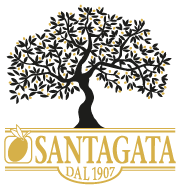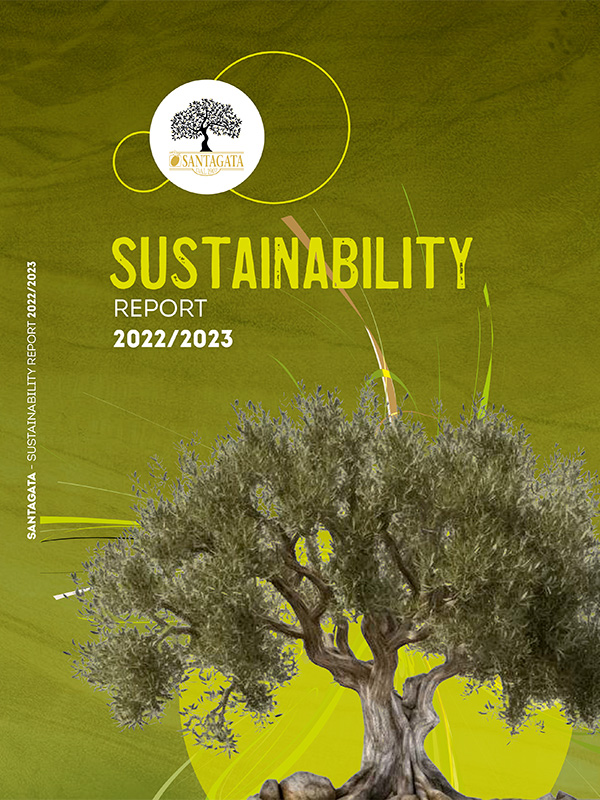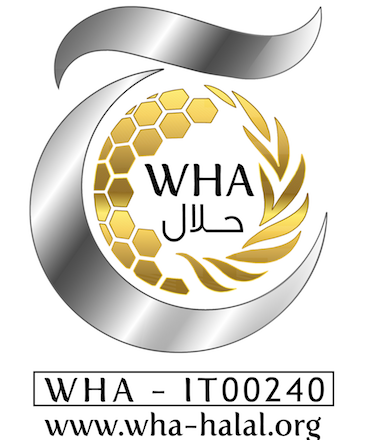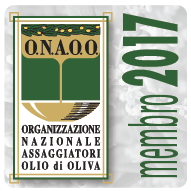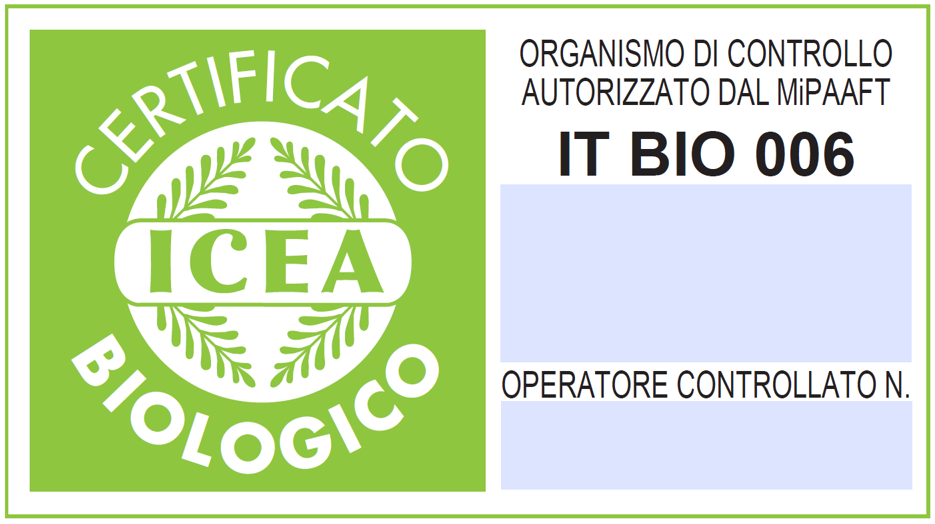Modern farming systems
The latest crop innovations have, however, led to the expansion of the olive tree in irrigated areas and the transformation of the traditional system of farming into systems which sometime are overly intensive. In addition, the introduction of cheaper replacements for olive oil, such as soybean oil and palm oil, has reduced the economic importance of olive cultivation and, consequently, lessened the cultural importance of olive growing in regions which had historically seen it flourish. For this reason, the traditional cultivation of olive trees is at risk of being abandoned in poor and vulnerable regions of the Mediterranean. This could cause devastating consequences for the environment and economies of these regions, especially where the result is the conversion of land to pasture for grazing. Added to this is a risk of transforming olive trees from extensive farming systems to intensive systems where there is a high use of biocides and water, leading to the exploitation of aquifers and water pollution. The density of olive trees can range from a minimum of 20 plants per hectare in some arid areas of Tunisia, to 400-666 plants per hectare in several Italian regions, and as many as 1,600-2,000 plants per hectare in modern and superintensive Andalusian or Portuguese farms, where the plants are replaced after just 15 years of life. In these most recent crop systems, the low productivity of the single olive tree is accompanied by a massive use of artificial nutrients, fertilisers and pesticides, as well as the simplification of the agricultural landscape and erosion. Densities of between 200 and 400 olive trees per hectare correspond to the cultural landscapes, rich in history and aesthetic value, and the importance of identity, such as those of the Mediterranean mountains, of promiscuous cultivation, the stazzi of Gallura or the cuili of Nurra in Sardinia. These were, over time, abandoned as a result of technological innovation, agricultural reforms and the process of urbanisation.
This text is taken from “The olive and the oil: a history of cultivation and nature” written by Tommaso Sitzia, chapter 4 of the book “An Olive Oil Family” written by Cristina e Federico Santagata, pubblished by Olio Officina Edizioni.
